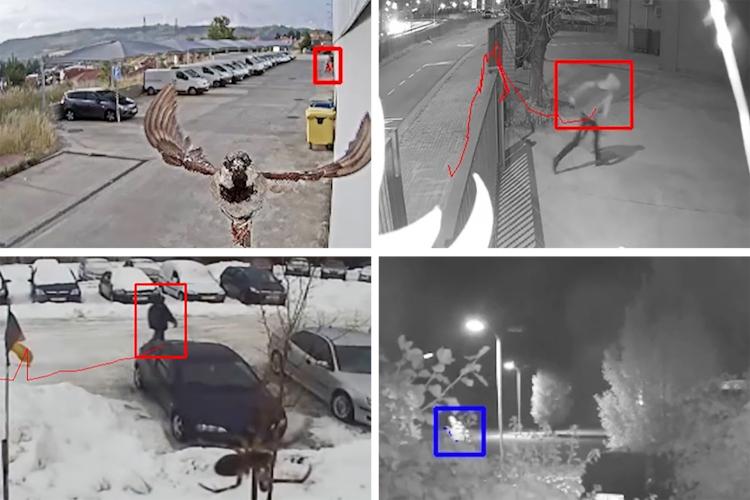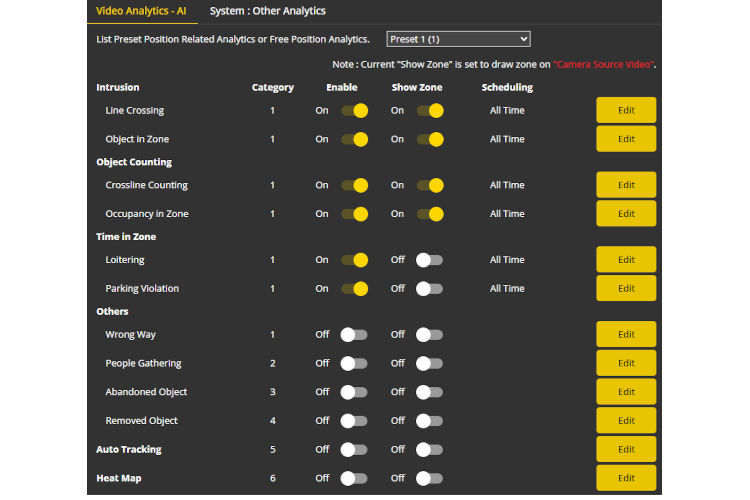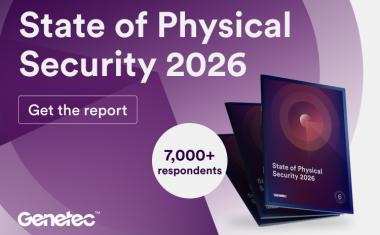Video analytics: Server- or edge-based even or both?
Server or camera: which platform should your video analytics application run on? There are many options, and it is also worthwhile to look at hybrid approaches.
Video analysis in the security space is developing rapidly, and with it is the variety of analysis options. Today, both the algorithms and the choice of platform offer a wide range of alternatives. In addition to server- or cloud-based methods, cameras are increasingly integrating analysis functions. But which platform offers which advantages?
Server-based video analysis
This approach boasts high computing power of the centralized servers, which can easily handle complex and resource-intensive tasks with powerful CPUs and GPUs. Scalability is also a decisive advantage, as video analytics can be seamlessly added into existing systems. A good example of this is the application Perimeter+, which can massively increase the perimeter protection of existing systems (see below). The central management simplifies maintenance, updates and adaptations of the analysis software. Another advantage is the independence from the camera used: setup data is stored centrally, which means that the analysis is immediately active again after a camera change. This architecture also offers the possibility to run video analytics on recorded video data, which is particularly useful in forensic investigations.
Camera-based video analysis (edge-based)
Running video analytics directly in the camera is particularly useful when live data needs to be processed efficiently. Cameras offering integrated analysis are equipped with specialized processors that deliver almost instantaneous results. Models are available in different variants, such as the H series from Geutebrueck, which will be available soon (see below). In applications where not all images need to be stored, bandwidth usage can be optimized by only transmitting relevant video data to the central video management server. In addition, edge analytics will provide valuable metadata for further insights, statistics and other evaluations. Decentralized solutions also increase the availability of analytics in the overall system, since the fault or defect of a camera will only affect a single channel. In case of a network failure the analysis will continue to run providing its results after the network connection is restored.
Conclusion
As so often, the choice of the optimal approach depends on the specific requirements of the application. However, a hybrid approach that combines both server- and edge-based analytics is also a good option: Local, edge-based processing reduces latencies and optimizes bandwidth usage by filtering irrelevant data before it reaches the server. It enables real-time insights, crucial for immediate decision-making. At the same time, in-depth analysis can be carried out on the server, which impresses with its superior computing power. This hybrid model offers scalability and efficiency, adapting flexibly to different data loads and network conditions to ensure consistently high performance. In addition, the combination of server- and edge-based analytics increases the reliability and flexibility of the overall system. It ensures continuous operation even if a component fails. Central servers handle large-scale data storage and long-term analysis, while edge devices focus on immediate local processing.
Perimeter+ from Geutebrueck
The server-based combination of computationally efficient, classic motion analysis, which requires little processing power, and AI-based object classification of detected movements ensures reliable perimeter protection with a minimal false alarm rate.
It is therefore ideal for expanding the functionality of existing systems with installed cameras with a very limited need for additional investment. More information is available here.
Available soon: H camera series from Geutebrueck
The new camera series offers a variety of integrated AI-based video analytics for a range of applications. The simple web-based configuration interface speeds up installation and setup. The cameras provide event-based messages, e.g. for alarming, as well as a variety of metadata that can be used for later insights or research. Read more.















